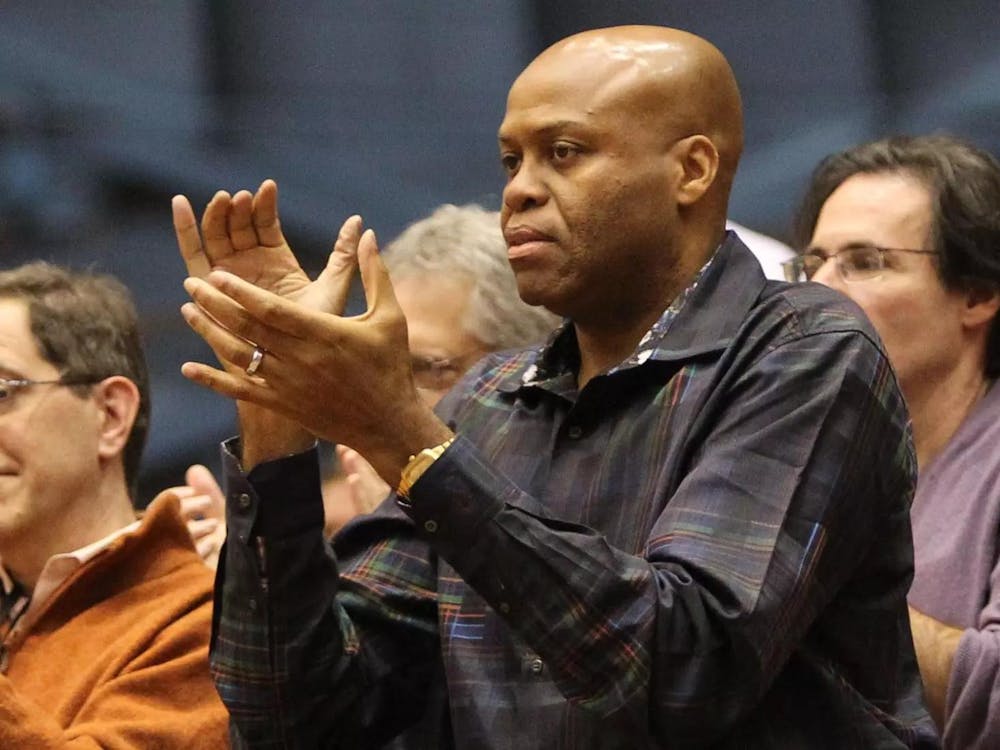Taught by English professor William Gleason, the class, which was initially uncapped in 2010, was forced to restrict the number of students to 450 after the department realized that there wasn’t a room big enough on campus to accommodate any more students. The department retained the cap this year, and the class is currently full with a large wait list.
“It’s wonderful to see so many students interested in this subject and in literary studies more generally,” Gleason said in an email.
The first course on children’s literature at Princeton was developed almost 30 years ago by English professor emeritus Ulrich Knoepflmacher ’61 and was an immensely popular part of the English department’s curriculum. Since then, the popularity of the course has endured and increased. When Knoepflmacher last taught the course, in 2006, it drew 218 students. In 2010, when Gleason took over the reins, it attracted 370 students. This year the course filled to capacity within the first few minutes of sophomore enrollment, which meant many sophomores and all freshmen were unable to enroll.
Calling our generation the “Harry Potter generation,” Gleason cited a few possible reasons for his course’s popularity.
“The course is particularly popular right now because we’re living in a cultural moment in which children’s stories are incredibly popular, not just for children but also for adults,” he explained.
He also said that undergraduates were an ideal target audience for the subject matter.
“College students are the perfect audience for the kinds of questions a course like this asks, questions about the relationship between our adult selves and our child selves, about the power of language to enchant and transform — indeed, about the ways a book can cast such a powerful spell on a child reader.”
The course has undergone some changes this year, though the core components have not changed significantly. Perhaps the most notable change is the addition of the first volume of Susan Collins’s “The Hunger Games” trilogy. Other required books for the class include the “Alice” series by Lewis Carroll, “The Adventures of Tom Sawyer” by Mark Twain, “The Phantom Tollbooth” by Norton Juster and J. K. Rowling’s “Harry Potter and the Prisoner of Azkaban.”
Though students in the class read children’s literature from mid-18th century England and America, there is also a focus on giving students a new perspective on more modern books, too.
“I also want to help them return to the literature of their childhood — to the books they read for fun, not for school — as adult readers interested in childhood as a space for the exploration of imagination and narrative pleasure,” Gleason said.
The course holds a number of draws for students. The unique approach to the genre attracted Shwetha Raghuraman ’14.
“It was really interesting to see how children’s literature can be taken seriously as something of academic study,” she said.

Michelle Yakubisin ’14, who is currently on the wait list for the course, said she hoped it would give her “a new perspective on [her] favorite childhood stories.” She also said that she hoped the course would expose her to popular books that she hadn’t read before, adding that she was disappointed to be shut out of the class.
“I was looking forward to taking this class as a balance to my engineering courses, and I was a little upset that, despite being up very early and on SCORE, I was unable to enroll for the course.”
Raghuraman said she wasn’t particularly concerned about the effect of the high enrollment numbers on the quality of the course, although she added that small precept sizes were important.
“We still haven’t had precepts so that would help to form a better impression about the impact of class size. Right now though I don’t think the large enrollment would hurt the class as long as precepts have a small size,” she said.
Managing precepts is difficult in a large course, but Gleason said he was confident that the precepts would be handled well.
“I’m very lucky to have an amazing group of talented preceptors helping me with the course; we’ll be meeting regularly throughout the semester to keep things running as smoothly as possible,” he said.
Freshmen and sophomores locked out of the course will have another opportunity to take the course since the department currently plans to offer the course every other year.







